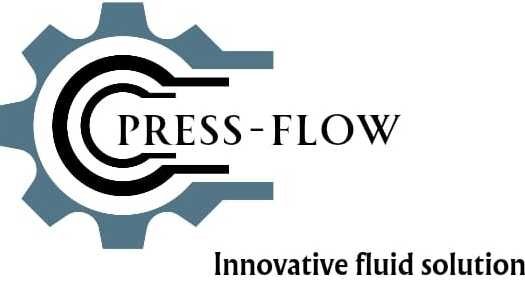Understanding the Complexity and Requirements of Industrial Piping Systems
Industrial piping systems are the backbone of various sectors, including oil and gas, chemical manufacturing, power plants, and water treatment facilities. These systems must be designed and implemented with a deep understanding of numerous factors to ensure their efficiency, safety, and reliability. The diversity of applications necessitates a comprehensive approach to meet the unique demands of each industry.
One of the primary considerations in industrial piping systems is pressure ratings. Depending on the application, pipes must withstand varying degrees of pressure. For instance, oil and gas pipelines often require materials that can endure high pressures, whereas water treatment facilities might have lower pressure requirements. Selecting the appropriate materials for these pressure scenarios is crucial.
Temperature resistance is another critical factor. Piping systems in power plants or chemical manufacturing might be exposed to extreme temperatures. The materials used must be compatible with these conditions to avoid failures such as warping or melting. Engineers must consider both the maximum and minimum temperature limits the system will encounter during its operating cycle.
Material compatibility extends beyond pressure and temperature considerations. It involves ensuring that the piping materials do not react adversely with the substances they are transporting. For example, in chemical manufacturing, certain chemicals can corrode metal pipes, so selecting corrosion-resistant materials like specific alloys or plastics can prevent degradation and potential leaks.
Adherence to industry standards and regulations is indispensable. Organizations such as the American Society of Mechanical Engineers (ASME) and the International Organization for Standardization (ISO) provide guidelines to ensure that industrial piping systems are safe, reliable, and efficient. Compliance with these standards not only promotes safety but also enhances operational efficiency and extends the lifespan of the system.
Despite careful design and material selection, industrial piping systems face challenges during installation and maintenance. Corrosion remains a persistent issue, necessitating regular inspections and the use of protective coatings or cathodic protection systems. Leaks are another common problem that can lead to significant operational disruptions and potential hazards. Therefore, routine maintenance checks and prompt repairs are vital to sustaining system integrity.
In conclusion, understanding the complexity and requirements of industrial piping systems is essential for their successful implementation. By considering factors such as pressure ratings, temperature resistance, material compatibility, and adherence to industry standards, we can ensure these systems operate efficiently and safely across various industries.
Innovative Solutions and Best Practices in Instrumentation Piping
The field of instrumentation piping has seen significant advancements, fostering enhanced monitoring and control of industrial processes. Central to this evolution are technologies such as automated control systems, smart sensors, and remote monitoring solutions. Automated control systems streamline operations by enabling precise regulation of processes, reducing human error, and improving overall efficiency. Smart sensors, with their ability to provide real-time data, ensure that industrial parameters remain within desired thresholds, thereby enhancing process reliability and safety.
Remote monitoring solutions offer the convenience of managing and troubleshooting instrumentation piping systems from afar. By leveraging Internet of Things (IoT) technology, these systems deliver timely updates and alerts, allowing for rapid response to potential issues. Integrating these advanced technologies into existing setups can be achieved through careful planning and phased implementation. This approach minimizes disruptions and allows for smooth transitions while maintaining operational continuity.
Another noteworthy innovation in this domain is the adoption of modular piping systems. Modular systems are designed for flexibility and ease of maintenance, allowing individual components to be replaced or upgraded without overhauling the entire network. This modularity not only extends the lifespan of the piping system but also significantly reduces downtime during maintenance activities.
Case studies across various industries underline the effectiveness of these innovations. For instance, a chemical manufacturing plant integrated smart sensors and automated controls, resulting in a 20% increase in operational efficiency and a marked reduction in unplanned downtime. Similarly, a food processing facility adopted remote monitoring solutions to enhance their preventive maintenance strategy, ultimately leading to a 15% reduction in maintenance costs and improved system reliability.
To ensure optimal performance of instrumentation piping systems, adherence to best practices remains crucial. Regular calibration of instruments is essential to maintain accuracy and precision. Preventive maintenance strategies, including routine inspections and timely replacement of worn components, help in averting potential failures and extending the system’s lifespan. Additionally, training personnel on the latest technologies and maintenance protocols is vital to maintaining the high standards required for efficient industrial operations.
